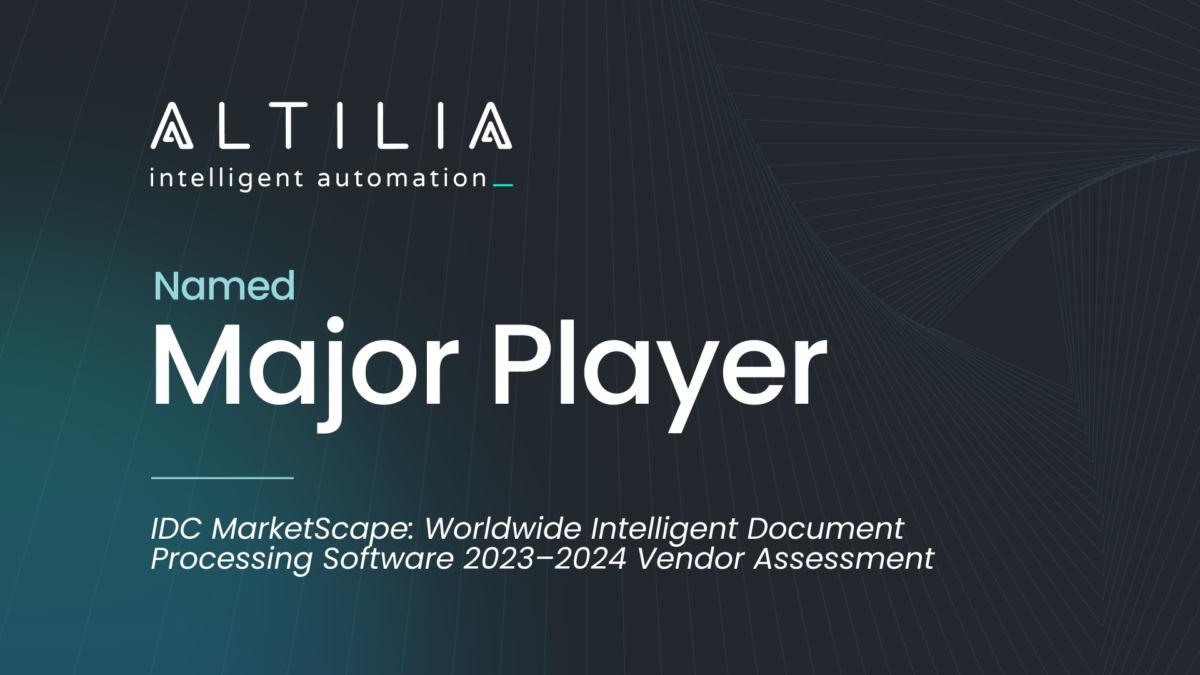Imagine a tool that can create almost anything you ask it to: text, images, music and even programming code. Generative AI (GenAI) has emerged not just as a concept, but as a transformative force in the business landscape.
What is Generative AI and why is it so special?
Generative AI acts like a super-assistant that doesn’t just perform tasks but does so with a note of creativity. It’s an innovation that creates content, designs and solutions, effectively turning ideas into reality with little more than a prompt.
What sets Generative AI (GenAI) apart is its ability to be a super-assistant in support of human creativity. Unlike traditional AI, which might suggest the next logical data point in a series, Generative AI could imagine an entirely new series. This is because GenAI works by understanding and replicating the complex patterns that make up human-like creations, from artwork to prose. For example, if you ask it to write a poem in the style of Shakespeare, it doesn’t just find existing poems; it generates a new poem that feels like it could have been written by the Bard himself.
In business, this means that Generative AI doesn’t just optimise existing processes; It’s an invaluable tool for streamlining complex tasks and problem solving, unlocking the ability to explore countless scenarios and variations that a human alone could never conceive.
Why AI is a Game-Changer for Businesses?
Generative AI is transforming business operations by streamlining tasks and reducing costs. It simplifies knowledge management by using AI to quickly answer employee questions and retrieve information. It automates document creation by using templates to generate contracts and reports with less effort. AI also improves data entry by extracting information from documents and populating databases more accurately and quickly. These improvements enable organisations to do more with fewer resources and less time.
The Value Potential
The figures are staggering—generative AI could add between $2.6 and $4.4 trillion to the global economy annually. That’s more than the GDP of many countries, and as GenAI technology advances, its impact is set to increase (source: McKinsey 2023)
Which Areas Will Benefit?
GenAI will significantly advance areas like finance, procurement, HR, legal, and customer service. It will also boost data analysis, business intelligence, and office support. These areas, often heavy with documents, will benefit. The solutions offered by Altilia, for example, automate tedious tasks, thereby increasing efficiency. The impact will also be felt across sectors, from banking to technology to healthcare.
AI helps complete tasks without replacing jobs
GenAI doesn’t replace jobs. It transforms and enhances them. In fact, AI is really powerful when it performs specific tasks, not entire jobs. At Altilia, we believe that AI can enhance the skills of workers. This is especially true for knowledge workers. It also increases the quality of work and productivity. AI targets repetitive, low-value manual tasks. These tasks provide little value to the organisation. Altilia’s solutions aim to empower employees by streamlining repetitive document-based processing tasks. They free employees from tedious tasks. This leaves more time for creative and social activities.
Looking Ahead
The rapid changes brought by GenAI are part of the larger evolution of our world. Companies’ adept at leveraging this technology could gain a considerable edge. However, there are challenges to be addressed, like ensuring responsible AI use and preparing people for the changes it will bring.
Generative AI is opening a realm of possibilities for companies, making it easier to accomplish tasks that were once time-consuming or even impossible. With every technological advancement comes challenges, but the potential to enhance how we work and live is immense.
7 Prompts to Streamline Work with AI
In the ever-evolving landscape of professional environments, the role of Generative AI (GenAI) is becoming increasingly integral. From automating dull tasks to fostering creativity, GenAI is not just a futuristic concept but a present reality enhancing our working life. Here’s a closer look at the practical applications of GenAI that are transforming businesses today, exemplifying its versatility and power across various domains:
– Content Creation and Enhancement: GenAI can draft text in any desired style and length.
Example prompt: “Generate a blog post draft on the impact of interest rate hikes on the real estate market, including key statistics and industry expert quotes.“
– Query Resolution in Business Operations: Find precise answers to specific business questions.
Example prompt: “Explain the recent amendments to HR policies regarding hybrid work environments and their implications for employees.”
– Communication Tone Adjustment: Tailor the tone of workplace communications to fit the intended audience.
Example prompt: “Revise this performance review email feedback to make it more constructive and motivating, focusing on growth and development opportunities.“
– Information Summarization: Distil complex documents into easy-to-digest formats.
Example prompt: “Summarise the annual financial report into a concise executive summary for the upcoming board meeting, highlighting the five most significant financial KPIs using bullet points.”
– Complex Information Simplification: Break down intricate documents for broader accessibility.
Example prompt: “Simplify the complex legal terms in our customer service agreements for non-specialist comprehension, and include a section with bullet points summarising the most common questions about our customer service.”
– Customer Feedback Analysis: Analyse customer interactions for service improvements.
Example prompt: “Analyse and classify the latest batch of customer service tickets into categories of complaint types, and identify the top three areas for service enhancement.“
– Software Coding: Generate, translate, and verify code.
Example prompt: “I need a spending tracker app prototype. Can you generate a basic code that works on both iOS and Android using natural language descriptions?“
Emerging Applications:
As Generative AI (GenAI) continues to evolve, it’s opening the door to a host of new and compelling applications. These emerging technologies harness the creative power of GenAI to address complex problems and organise unstructured data. A few of the most promising and impactful applications of GenAI for businesses are:
- Intelligent Document Processing (IDP): This involves using AI to read and understand documents. Imagine you have a huge pile of Complex documents like contracts, financial statements, reports as well. IDP acts like a super-smart assistant that can quickly sift through all these documents, figure out what’s important, and even extract the specific information you need. For example, it can help a bank process loan applications faster by automatically extracting applicant details, saving hours of manual work.
- Intelligent Process Automation (IPA): This takes the idea of robotic process automation (RPA) a step further. Initially, RPA was like teaching a robot to do repetitive tasks, such as entering data into a system. But IPA adds a layer of intelligence to these robots. Now they can not only perform tasks, but also make intelligent decisions based on the data they encounter. For example, an IPA system can automatically handle customer service requests by understanding the customer’s problem and either solving it directly or routing it to the right department.
- Managing unstructured data: This is about organising and understanding data that doesn’t fit neatly into tables or databases – think of it as the messy, handwritten notes scattered across your desk. Most of the information we deal with every day, from emails and PDF documents to images and videos, is unstructured. Managing this type of data means using tools and technologies to sift through the clutter, identify the important information and organise it in a way that makes sense for future use. Consider a scenario where a lawyer needs to find specific evidence in thousands of pages of legal documents. Unstructured data management tools can help by quickly finding relevant information and organising it in an easily accessible way, saving hours of manual searching.
To Conclude:
In conclusion, Generative AI represents not just a leap forward in technological capabilities, but a transformative shift in how businesses operate, innovate, and compete. As we navigate this exciting landscape, the potential for GenAI to redefine roles, streamline processes, and unlock new realms of creativity is unparalleled. Whether it’s improving customer interactions, streamlining document management, or process automation, the implications for efficiency, productivity, and innovation are vast.
However, harnessing the full power of GenAI requires more than just technology; it demands expertise and vision to integrate these capabilities into the business strategy effectively.
If you’re eager to find a solution for your business to streamline processes, reduce the time spent on tasks, and drive growth, we’re here to guide you through every step. Book a free consultation with an Altilia expert today, and let’s embark on this transformative journey together, unlocking the potential of GenAI to propel your business into the future.









